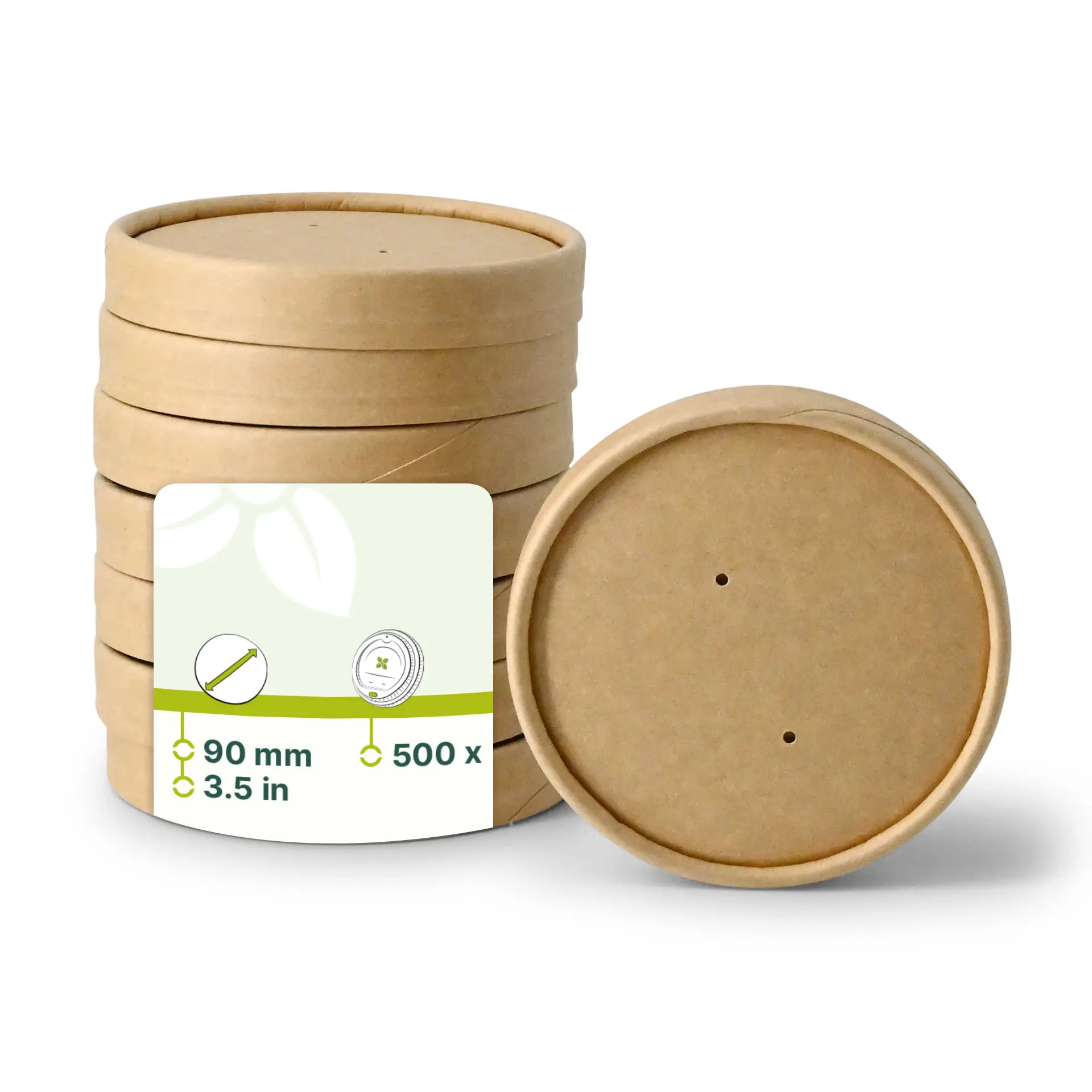The word “pappedeckel” lands with a curious thud. It doesn’t immediately ring bells in English dictionaries. However, venture into the German language, and you’ll discover its close relative, “Pappdeckel” – a deceptively simple compound word revealing a material that shapes our daily lives far more than we often realize: cardboard.
While “pappedeckel” itself might be a misspelling or a less common variant, understanding “Pappdeckel” unlocks the story of this ubiquitous and essential material. Forget fancy jargon; “Pappdeckel” breaks down beautifully:
- “Pappe”: Cardboard, paperboard, pulpboard.
- “Deckel”: Lid, cover, top.
Literally, it translates to “cardboard lid” or “cardboard cover.” This instantly conjures images of the sturdy tops on shoeboxes, the protective flaps on shipping cartons, or the flat bases used for presentation. It’s the unsung hero holding things together and keeping them safe.
More Than Just a Lid: The Essence of Cardboard
“Pappdeckel” represents a specific application of cardboard, but it speaks volumes about the material itself:
- The Workhorse of Protection: The primary function of a “Pappdeckel” is protection. Whether shielding delicate electronics, preserving the freshness of food in a box, or preventing dust from settling on stored items, that layer of cardboard is a vital barrier. It absorbs shocks, resists crushing (within limits), and creates a stable environment.
- Structural Integrity: Cardboard lids aren’t just passive covers. In boxes, they are integral to the structure. Interlocking flaps create rigidity, turning flimsy sheets into sturdy containers capable of stacking and withstanding handling during transport. A “Pappdeckel” transforms a simple carton into a functional unit.
- Organization & Presentation: Think of board game boxes, gift set packaging, or the lid on a filing box. The “Pappdeckel” provides a surface for branding, information, and aesthetics. It organizes contents, hides clutter, and presents products appealingly on shelves. It’s the face of the container.
- Accessibility & Convenience: That cardboard lid is easy to open and close (often repeatedly), providing convenient access to contents while allowing for easy resealing. It strikes a balance between security and usability.
Beyond the Literal: The Symbolism of “Pappdeckel”
The term, focusing on the lid, also subtly hints at something fundamental:
- Completeness: A box isn’t truly a functional container without its lid. The “Pappdeckel” signifies wholeness and containment.
- The Everyday: Cardboard is the ultimate democratic material – inexpensive, readily available, and endlessly versatile. The “Pappdeckel” embodies this practicality and unassuming presence in our routines.
- A Foundation: Sometimes, “Pappdeckel” refers simply to a stiff piece of cardboard used as a base – for crafts, presentations, or mounting pictures. In this sense, it represents a starting point, a foundation upon which something else is built.
The Sustainability Angle
In today’s world, the conversation about cardboard (“Pappe”) inevitably turns to sustainability. Cardboard, primarily made from recycled paper fibers and being highly recyclable and biodegradable itself, is a poster child for the circular economy. Choosing products packaged with responsibly sourced cardboard, including its “Deckel,” is a conscious environmental choice. The humble “Pappdeckel” plays its part in reducing waste.
Conclusion: Celebrating the Unassuming Essential
Whether encountered as “pappedeckel” or its correct German form “Pappdeckel,” this term directs us to appreciate the simple genius of cardboard, particularly in its role as a protector, organizer, and structural element. It’s a material we interact with daily, often without a second thought – the lid on your morning cereal box, the top of your online delivery parcel, the backing of your notepad.
Next time you lift a cardboard lid or slide open a box flap, take a moment to acknowledge the “Pappdeckel.” It’s a testament to practical design, protective power, and sustainable potential, proving that sometimes the most essential things come in the most unassuming, cardboard-covered packages. It truly is a humble hero of the material world.
